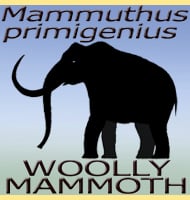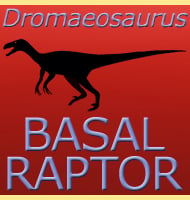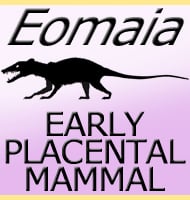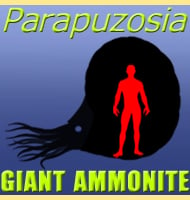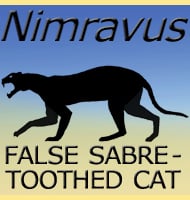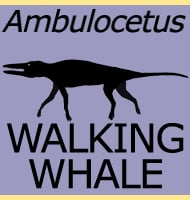In Depth
Istiodactylus had actually been known to science since 1913 except it was known as Ornithodesmus until it was realised that some of the remains associated to it belonged to a theropod dinosaur. With this realisation the known pterosaur remains were renamed Istiodactylus.
Istiodactylus had quite a unique beak that was rounded at the end leading some to refer to it as a ‘duck billed’ pterosaur. This analogy aside, the teeth inside the beak laterally compressed, small and fitted close together towards the front, meaning that Istiodactylus would have had an easy time slicing flesh.
Another specimen is thought to hail from China and is named Istiodactylus sinesis. However its validity was disputed not long after it was named in 2006, and it has since been considered to be a junior synonym of the pterosaur Nurhachius. This would make Istiodactylus known only from the British Isles.
Further Reading
– Pterosaurs. Dinosaurs from the Isle of Wight. – The Palaeontological Association, London 324-335. – S. C. B. Howse, A. R. Milner & D. M. Martill – 2001. – A new species of Istiodactylus (Pterosauria, Pterodactyloidea) from the Lower Cretaceous of Liaoning, China. – Journal of Vertebrate Paleontology 26(1):70-78. – B. Andres & Q. Ji – 2006. – A functional odontoid in the dentary of the Early Cretaceous pterosaur Istiodactylus latidens: Implications for feeding. – Cretaceous Research. 47: 56–65. – D. M. Martill – 2014.


